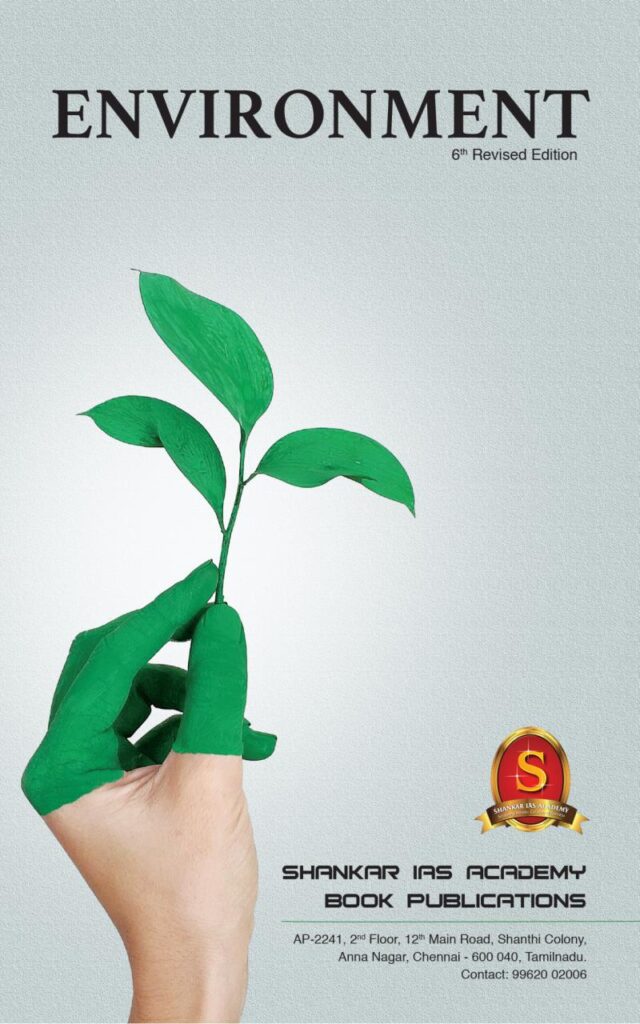VisionIAS
08:49
GS SCORE Environment Organisations PDF
Click Here to download GS SCORE Environment Organisations PDF
Click Here to Like our Facebook page for latest updates and free ebooks













